Shackled
Sukidi was brought to Lawang Mental Hospital, in Malang in East Java, a month ago suffering from severe mental health problems, physical abuse and malnutrition.
He could barely stand and only managed to do so after weeks of rigorous work with physiotherapists at the hospital.
Even with a walking stick, he can only manage to stand on his tip-toes.
“This is standard for patients who have been shackled – muscle atrophy in both legs,” said Dr Ariana, a physician at the hospital.
Shackling involves attaching the victim’s feet to a piece of wood, preventing them from moving. Some use metal chains on the victim’s hands or legs for the same purpose.
Photo taken from: http://www.bbc.co.uk/news/world-asia-pacific-15351213
Trapped
Trauma Art From India
Indian and Indian-American, their work is influenced by political, religious, and cultural situations, as well as by personal relationships, involving sexuality and the position of women. Through their works — large-scale paintings and drawings and provocative and challenging videos — viewers gain an understanding of the traditional and traumatic experiences of women that have given shape to a transforming society in India, especially with respect to gender roles
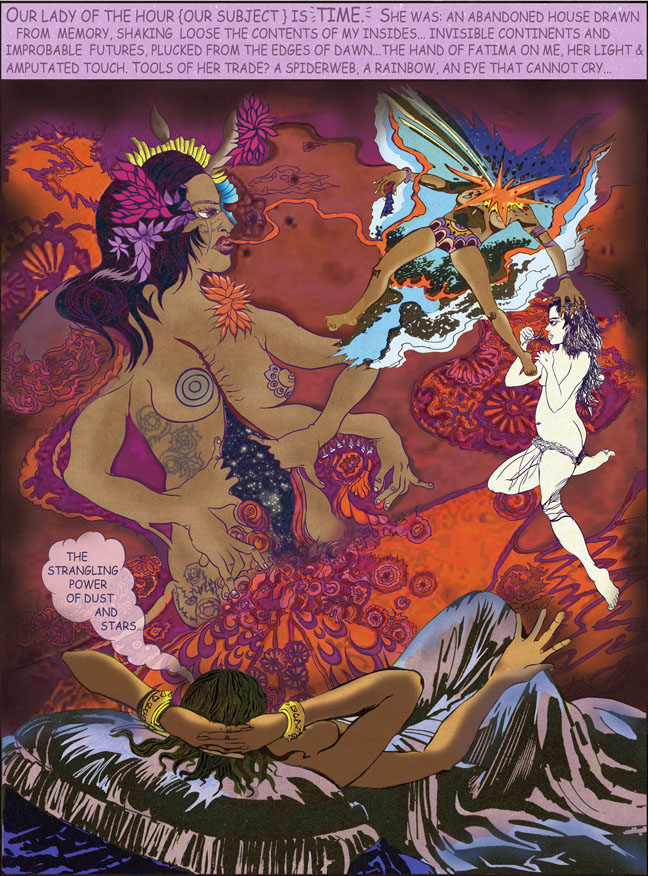
.
Profiling Famous Psychologist – Harry Harlow
Harry Harlow received his BA and PhD (1930) in psychology from Stanford University and immediately joined the faculty at the University of Wisconsin. Within a year, he had established the Psychology Primate Lab, which continued expanding until it joined with the Wisconsin Regional Primate Lab in 1964. Harlow became the director of the merged research center. Among the scientists to work there was Abraham Maslow, who would later establish the school of humanistic psychology.
Harlow was intrigued by love. He questioned the theories then current which stated that love began as a feeding bond with the mother and applied by extension to other family members. Other theories claimed that humans and other social animals lived in organized societies simply to regularize sexual contact. Starting in 1957, Harlow worked with rhesus monkeys, which are more mature at birth than humans, but like human babies show a range of emotions and need to be nursed. He took infant monkeys away from their real mothers, giving them instead two artificial mothers, one model made of wire and the other made of cloth. The wire model was outfitted with a bottle to feed the baby monkey. But the babies rarely stayed with the wire model longer than it took to get the necessary food. They clearly preferred cuddling with the softer cloth model, especially if they were scared. (When the cloth model had the bottle, they didn’t go to the wire model at all.)
In another study, Harlow found that young monkeys reared with live mothers and young peers easily learned to play and socialize with other young monkeys. Those with cloth mothers were slower, but seemed to catch up socially by about a year. Babies raised with real mothers but no playmates were often fearful or inappropriately aggressive. Baby monkeys without playmates or real mothers became socially incompetent, and when older, were often unsuccessful at mating. Those unsocial females that did have babies were neglectful of them. From his studies, Harlow concluded that sex alone did not drive societies, nor did mother love enable individual social relations. Rather, normal sexual and parental behavior depended on a wide array of affectional ties with peers and family early in life.
Harlow’s theories, of course, raised many more questions that other researchers would tackle. Interestingly, his scientific study of love came at a time when science was generally held in high regard. Perhaps it could even reveal the mysteries of love
Biography taken from: http://www.pbs.org/wgbh/aso/databank/entries/bhharl.html
_____________________________________
What You Need to Know About Childhood Sexual Abuse
Taken from: http://colorlines.com/archives/2011/11/child_abuse.html
_____________________________________
PTSD 347/365
By: 1ViewFinding
Photo was taken on: Dec, 13/2010
First posted on Flickr
_____________________________________
Amateur Photographer Documents the Faces of Addiction in the Bronx
_____________________________________
Anxious Pg. 3
By: Adelle DiSimone
Submitted on: December 6th, 2010
First posted on deviantart
_____________________________________
Unfinished Depression
By: Ursulav
Submitted on: December 6th, 2007
First posted on deviantart
_____________________________________
_____________________________________
Riding the Chaos
By: Si Clark
Submitted on: September 30, 2009
First posted on deviantart
_____________________________________
Profiling Norwegian Expressionist Painter – Edvard Munch
Edvard Munch was born on December 12th, 1863, in Løten, Norway, the son of Christian Munch, a military doctor. He spent most of his childhood living in Kristiania, which is now better known as Oslo, the Norwegian capital. Edvard Munch’s mother, his brother, and one of his sisters died of tuberculosis while he was still young, and Edvard was himself a sickly child. At the age of 17 was tutored in the arts by Christian Krohg, a naturalist painter, who was quite famous in Norway. Edvard’s talent was evident by his early realist paintings, but the traumatic events that plagued Edvard’s youth had an even deeper impact on his artistic vision than any other artist or artistic movement could have.
In 1891, Munch began working on sketches for The Scream, his most famous piece, and descriptive self-portrait. There were several versions of this work created by Munch, from black and white illustrations to several paintings, using several different techniques. In 1893, he presented some of the paintings from his Frieze of Life series in an exhibit on Unter den Linden, again, darkness is ever present in his work, which was charged with atmosphere and anguished love.
Biography taken from: http://www.famouspainter.com/edvard.htm
_____________________________________
Visual Journal Entry: Facing an Eating Disorder
_____________________________________
Profiling Italian Baroque Painter – Artenisia Gentilesch
Artemisia Gentileschi was born in Rome. She worked in a style influenced by Caravaggio, but which was nonetheless strongly individual, and today she is regarded as one of the most accomplished of the so called Caravaggisti. Though rather marginalized in earlier art historical accounts of her period, Artemisia has been reassessed in recent years, particularly by feminist art historians, who have discerned a specifically female point of view in her work.
Her treatment of “Susanna and the Elders,” for example, concentrates on the vulnerability of a naked woman whose private bath has been violated by the predatory elders; male painters generally appear to give emphasis to the sensuality of Susanna’s nudity, such that the (presumably male) viewer of the painting becomes in effect a third voyeur.
Artemisia’s “Judith Beheading Holofernes” is notable for its extreme violence and has been linked to the trauma of her alleged rape in 1612 at the age of 19 by her painting instructor, Agostino Tassi. Her father sued Tassi for the crime, but in the ensuing legal proceedings Artemisia was tortured and Tassi was ultimately acquitted. The violence of these particular paintings is thus sometimes seen as a kind of therapeutic revenge substitute.
Biography taken from: http://www.artline.ro/Artemisia-Gentileschi-19817-2-n.html
_____________________________________
Trapped
By: methylated-spirit
Submitted on: September 16, 2009
First posted on deviantart
_____________________________________
Broken
By: Nightshadevalentine
Submitted on: August 19, 2010
First posted on deviantart
_____________________________________
Profiling Calgary-Based Artist – Deborah Catton
It’s all behind me (6′ X 6″ Acrylic with collage) 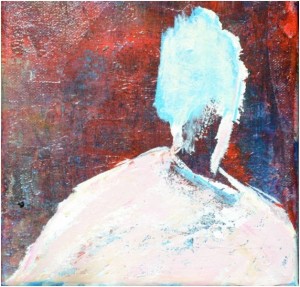
Canadian contemporary expressionist artist and clinical herbalist, Deborah Catton, uses the techniques of Intuitive Painting and Touch Drawing to create artwork that facilitates personal healing. Both of these techniques are used as forms of expressive art therapy for those afflicted from trauma as means to explore and process difficult feelings.
At the early age of four, Deborah`s mother was killed in a car accident. “As a child and growing up there was no discussion of the event and therefore no way to process and heal my loss. For me, art was the only avenue I had to process my feelings and I spent a lot of time exploring my way through it all by drawing on a chalk board with coloured chalk. Even as I became older, and a teenager I felt most comfortable when I was engaged in some art process. I eventually made the choice to study Fine Art at the University level”. Deborah graduated from the University of Calgary and holds a Bachelor of Fine Art’s degree in photography and drawing. “It has always been a desire to bring my two interests (art and healing) together.”
Recently, Deborah has created a method to bridge this gap. “My current work is from a series that I am working on as a part of a card deck (depicting Jungian archetypal images) that is to be used as a transformative dialoguing process with clients in my clinical practice”. She currently has 530 images that form a collection called “On The Inside of a Life”.
Since implementing the technique of Touch Drawing, an organic painting technique where fingers take the place of pen or brush, Deborah has witnessed some of the most profound changes in her clientele. “Some have been clients of mine for years and have struggled to really find a way into the depths of themselves”. Deborah’s work demonstrates how people can use art to increase self-awareness and cope with symptoms, stress, and traumatic experiences.
To learn more about Deborah, her projects and techniques, visit www.deborahcatton.com
_____________________________________
The Intensity of PTSD
By: Lance Page
Submitted to: Flickr.com on June 1, 2010
_____________________________________
Seasonal Affective
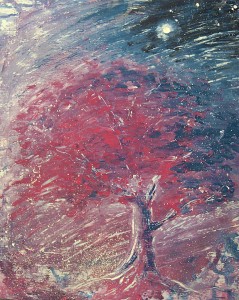
By: Eekah
Submitted on: December 18th, 2008
First posted on deviantart
Pain is Weakness Leaving the Body
By: Holly Elizabeth DeVane
Weaknesses. It’s a part of being human. Just because we have them does not mean we are worth anything less. -JG
Submitted to: Flickr.com on January 28, 2011
_____________________________________
Addiction
By: Sebastian Eriksson
Author Description: “Prisoner of drugs”
Drug addiction is like being stuck in prison behind bars, where you can’t easily escape from. Heroin is the worst form of addiction because it often leads to death.
Submitted to: Deviantart on August 22, 2011
_____________________________________
Battles Won and Battles Lost
By: Gutterface
Author Description:
These are my scars. I have had them for over 8 years. I am not ashamed of them.
My scars represent a very dark part of my life. It started when I was 13. My life was in shambles and my stability was nonexistent. I had tried to commit suicide almost a dozen times by overdose. Every time I failed I would burrow into a pit of self hate and for many many years it was very destructive. I would stop feeling and after being put on every medication known to man, i didnt feel alive even when i knew i was. Each time it got to be too much to take I would start again, tearing chunks from my skin and bleeding it out until i couldnt feel the pain any more.
the blood reminded me that in my chest was a beating, thriving heart that would force me to go on every day knowing that it wouldnt be any better than the day before it.
The pain was the only thing I felt. The only way to prove to myself that it wasnt one big blurry nightmare.
I was not okay. Not by a long shot. I was committed 5 separate times and was put on anti psychotics, anti depressants, sedatives… you name it. I was so dysfunctional that i couldnt deal with anyone or anything. The medication only made it worse.
I just wanted to stay in my room forever and find myself in the music i listened to.
It took me a very long time to stop self mutilating. Its only been a year and a half i think, since the last time. The skin on my left forearm has very little feeling now and i doubt ill ever regain it.
People often tell me ‘youre too good for that.’ I’m too good to have fought and fought again and kept trying to move on even when life won the battle? I’m too good to have gotten better?
My scars now are somewhat faded from what they used to be but even so, people often notice and assume very cruel things about the kind of person i am.
But when I look down and see the lattice work of scars that litter my arm, I am reminded of all the things i lived through. That no matter how bad it gets, ive lived through worse.
They remind me that I won this one. That i got stronger. That I am not the same unstable, cold hearted and destructive person i used to be.
So yes. i am proud of my scars. Not because at one point i was unstable enough to tear chunks of my arm, but because I learned how to be a stronger, better person.
They are a permanent reminder of how far I have come.
Submitted to: Deviantart on May 4, 2011
_____________________________________
The Silent Murderer
By: WilderWein77
Submitted to: Deviantart on November 19, 2010
_____________________________________
Numbers
By: Kezzi-Rose
When you have an eating disorder, such as anorexia or bulimia, your mind is constantly ticking with numbers. The numbers on the tape measure, the numbers on the scales, the numbers in nutrition tables stamped onto your food. It’s all about making those numbers smaller, day by day, and going to extreme lengths to achieve the lowest numbers you can. You’re never good enough, never thin enough, until you’re a gaunt bag of skin and bone.
It’s hell, inside your own mind. A hell that kills one in four of its sufferers.
I found the strength to beat it down, and I hope others will feel empowered to do the same.
Submitted to Deviant-art on Sept 13, 2010
_____________________________________
Trauma
By: Loojeen,
Submitted to DeviantArt.com February 14, 2009
_____________________________________
Goodbye
By: WillardStilles
Submitted to DeviantArt.com , September 9th, 2010

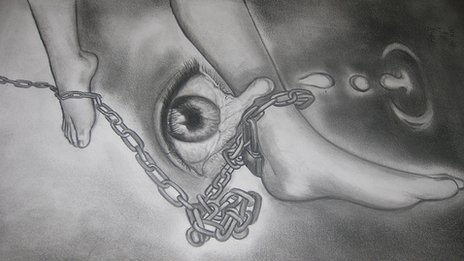
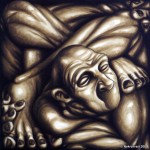


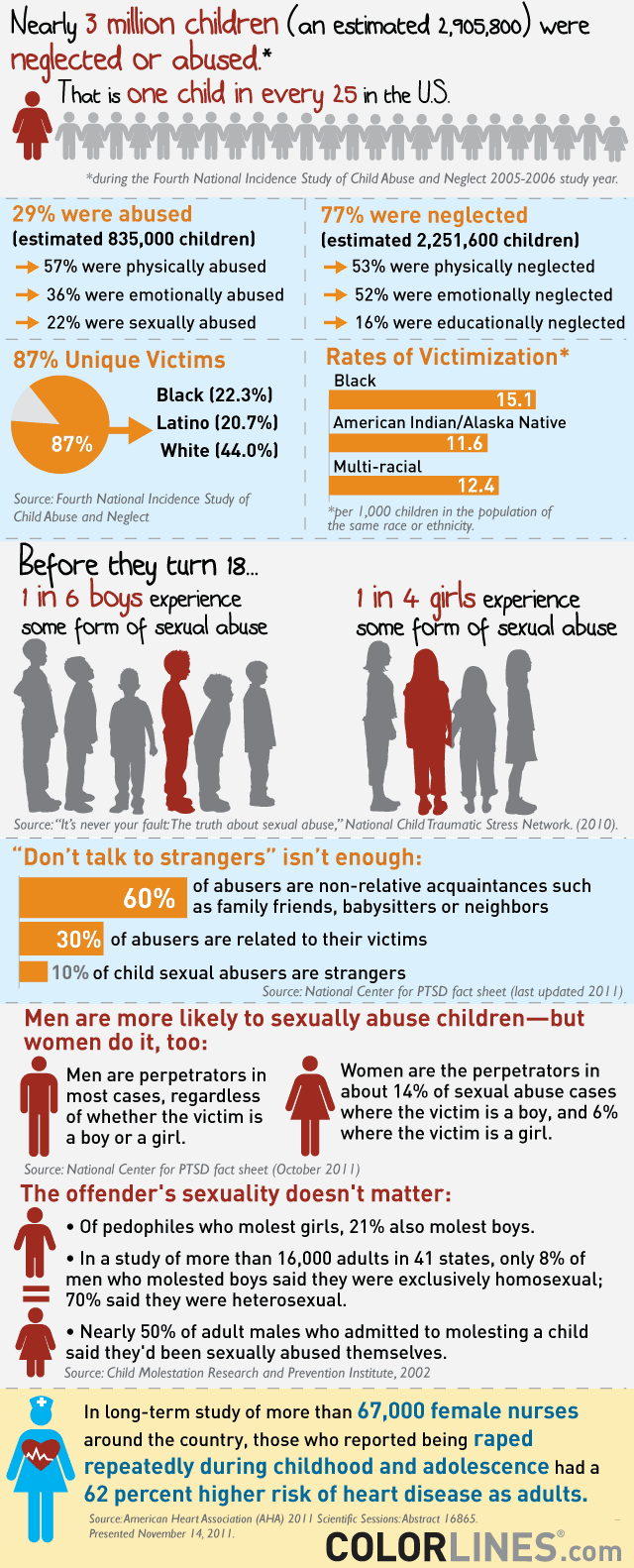
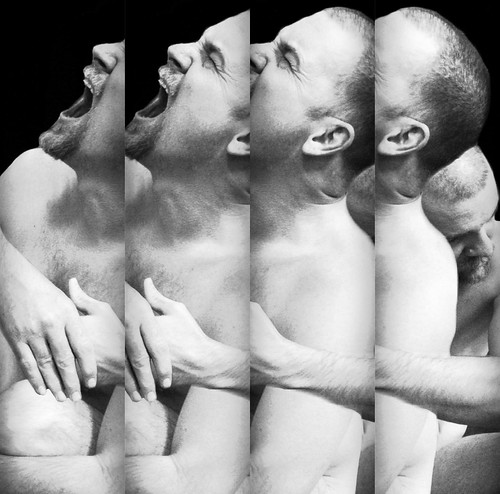
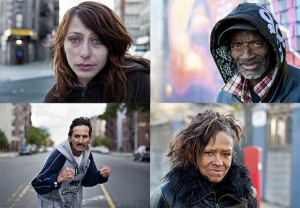
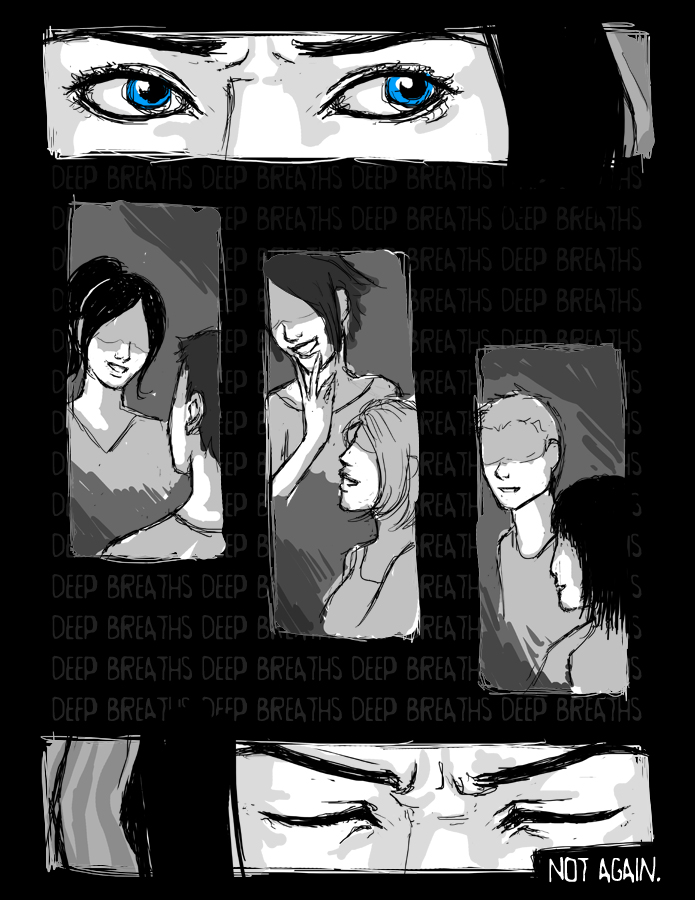
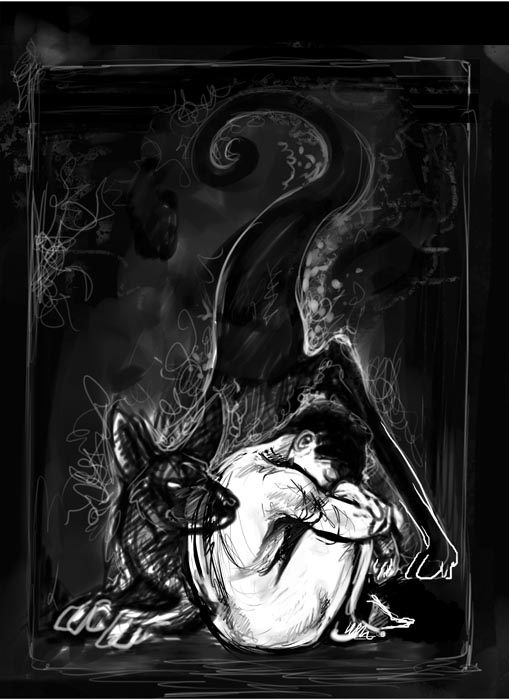
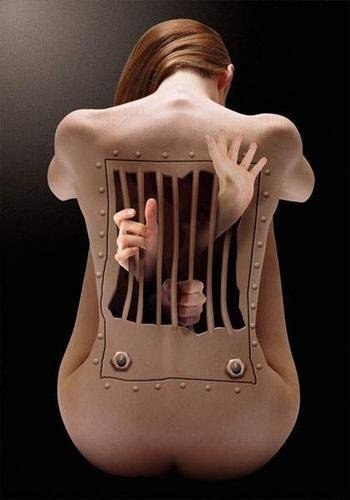
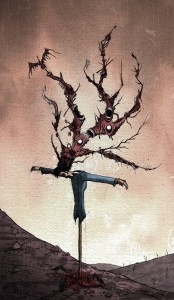
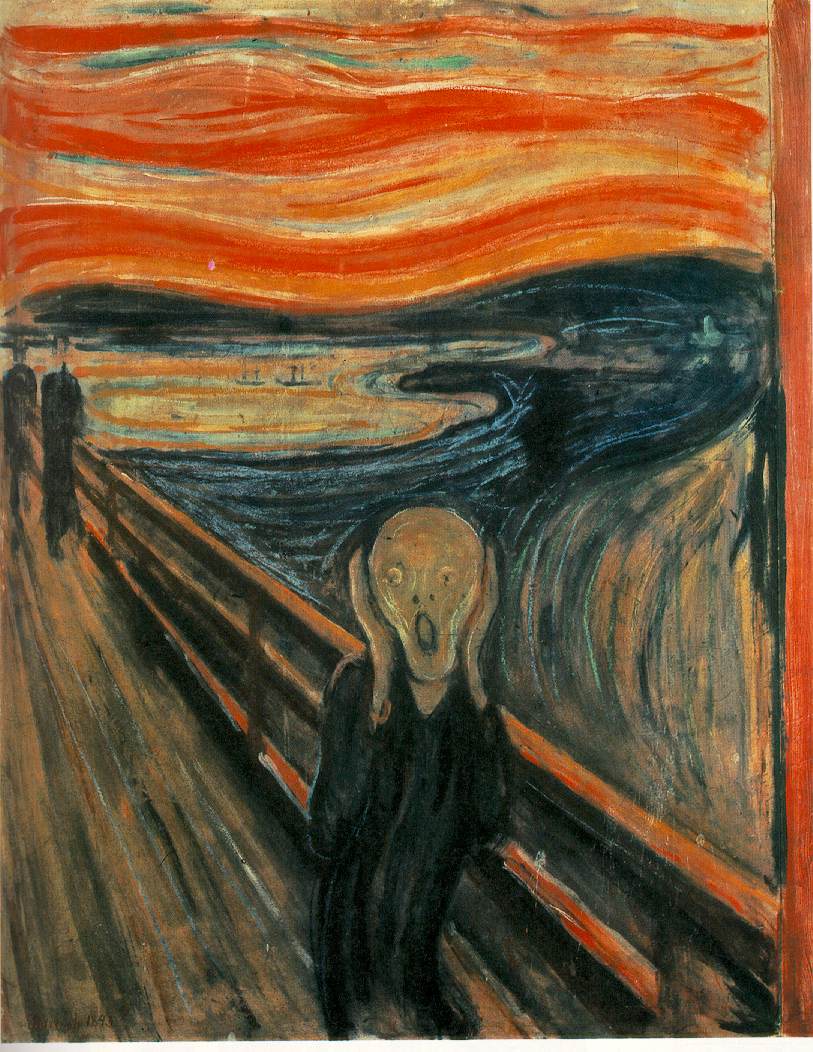
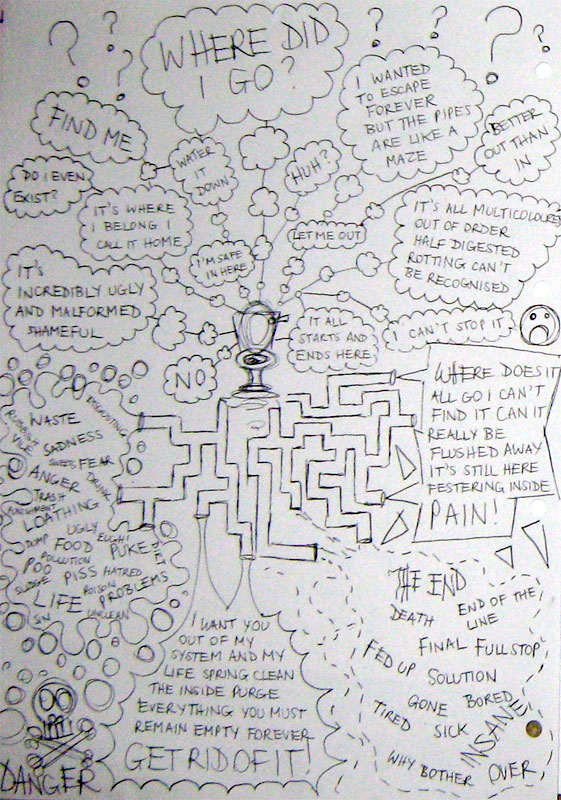

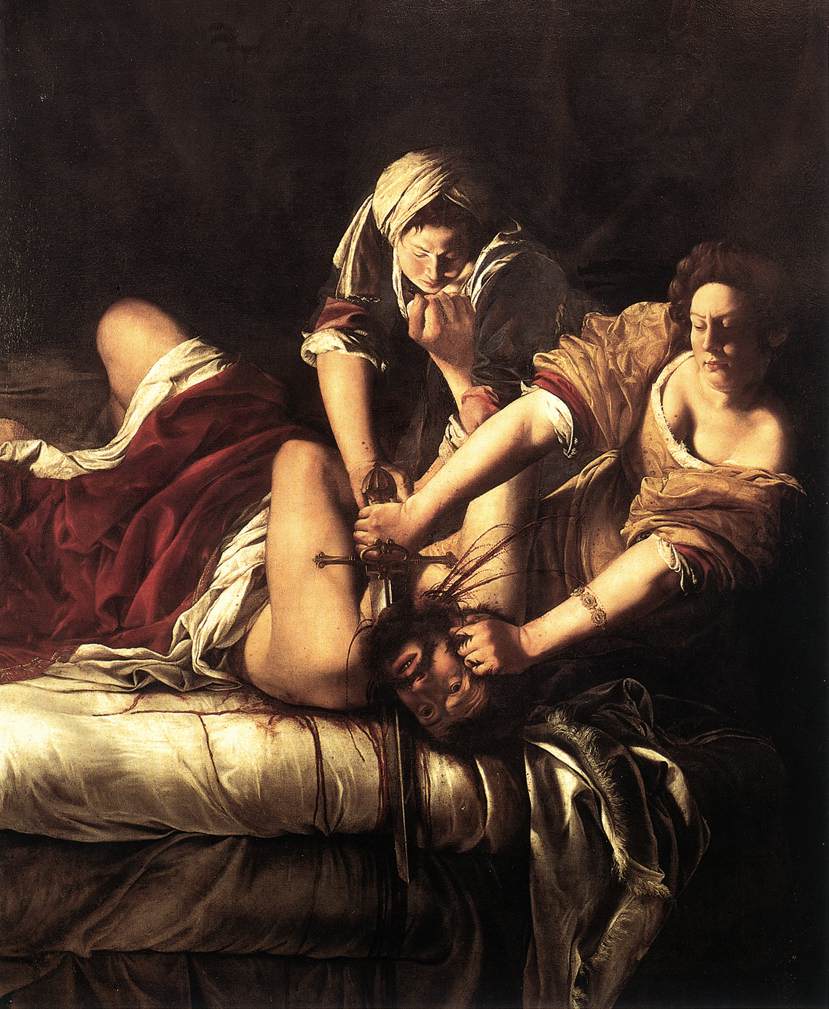

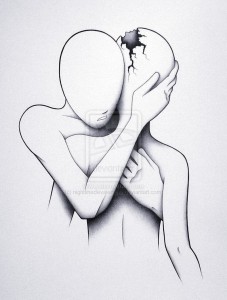
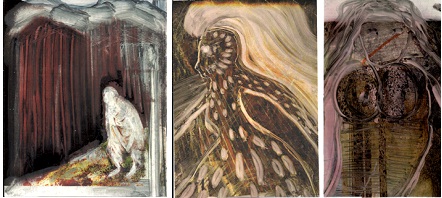
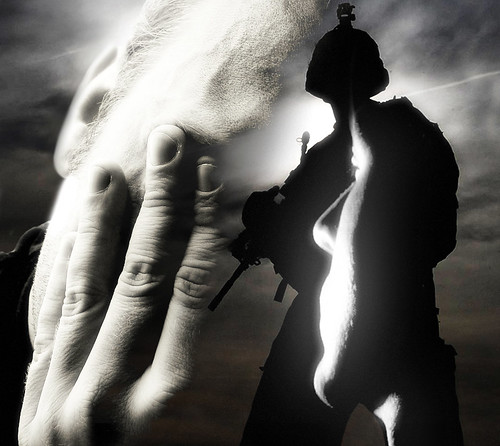
![[238/365] Pain is Weakness Leaving the Body.](http://farm6.staticflickr.com/5133/5396564057_0c0a2a57be.jpg)
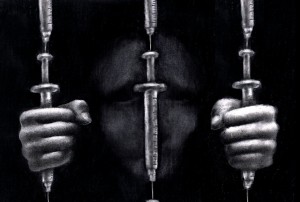
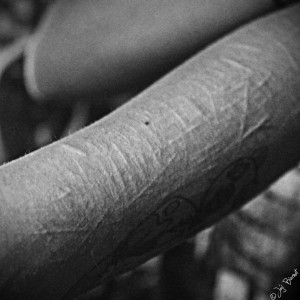
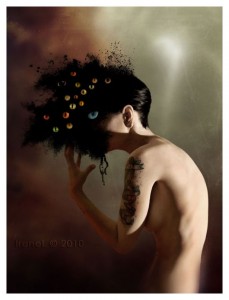

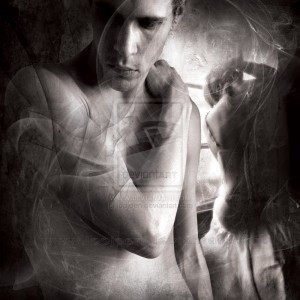
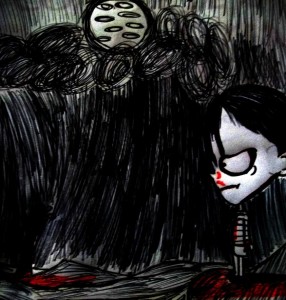



The Arts and Culture page has developed into something so great! It’s a fantastic addition to the blog.